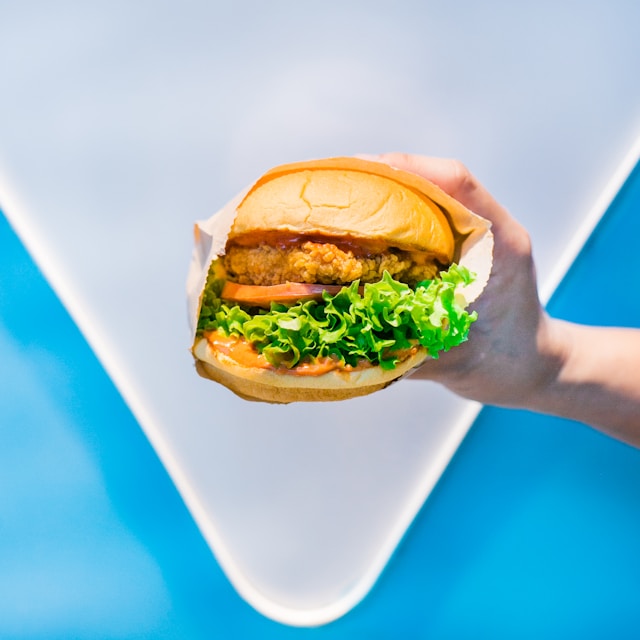
Does my diet affect my skin? Part 1. 5 best mods
Share
Our skin reflects everything about us. The skin's appearance is simply a display of our lifestyle, habits, sleeping pattern, mood, and most importantly, our diet. So, how does my diet affect my skin? How are diet and skin related to each other? Curious? Let's dig deeper!
This discussion will help you understand the following:
> Basic dietary components.
> How does my diet affect my skin?
> What foods help your skin the most?
> Top five easy dietary modifications for flawless skin.
How come my skin is changing? I have been eating the same type of food since my childhood. Okay, minus the candies and ice creams.
I never had acne in my life; why am I breaking out suddenly?
If not the above, a general question asked by ourselves at least once- how does my diet affect my skin?
What is food, by the way?
Food is any consumable substance to provide nutrition to any living matter. Food originates from a plant, animal, bacterial, or fungal source.1
What is inside the food we eat?
Food substances contain carbohydrates, proteins, fats, vitamins, and minerals. Carbohydrates, proteins, and fats metabolize, providing calories needed to function.
Food is an easily adjustable factor in our life. It is never too late to implement that change. Healthy dietary habits not only help our skin but also helps the entire body stay happy and satisfied.
Change in the diet helps to an extent, but changing the pattern of living helps further. We have covered organic lifestyle in several blog posts here, here, and here.
Let's start with the basics. Most foods we eat provide carbohydrate, fat, and protein, providing 100% of energy. One gram of carbohydrate and protein provides four calories, whereas one gram of fat provides nine calories. Undernutrition or over nutrition can cause many health issues, including skin problems. A simple breakdown of various foods and nutrients provided is as follows:
Fresh fruits:
Fresh fruits are rich in carbohydrates, vitamins, minerals, and micronutrients. Several natural substances found in fresh fruits act as an antioxidant for the skin. A variety of fruits in the diet helps achieve the right balance of all of the above nutrients.
Dried fruits and nuts:
Dried fruits provide a generous quantity of skin-friendly fatty acids. Consume a variety of dried fruits and nuts in small amounts daily to promote healthy skin.
Tip: Choose unsalted variety. Suppose you prefer to alter the taste, roast slightly to enhance the flavor!
It is best to consume fruits with simple carbohydrates like watermelon and grapes in small quantities to avoid large amounts of simple sugar entering the body.
Vegetables:
Green leafy vegetables are an excellent source of vitamins, minerals, and micronutrients.
Tip: Toss a salad with different greens, add a handful of nuts, fresh fruits, some yogurt, a pinch of pepper, and black salt!
Tip: Avoid excessive potatoes and sweet potatoes in the diet due to the high content of carbohydrates.
Legumes:
Legumes are dried seeds of a plant. Common legumes are lentils, chickpeas, mung, lupins, peas, and other beans. They are good sources of vegetarian protein, fiber, and minerals.
Meat:
Lean white meat is a good source of animal-based protein. Avoid deep-frying; consume baked meat instead. Remember your food pyramid and ensure you are eating less fatty foods and red meat!
Reference:
1)https://en.wikipedia.org/wiki/Food
Disclaimer-This website and content, comment, writing, or authors/contributors/writers do not provide or suggest medical, legal, or professional advice, opinion, or service. The information shared on this website is not intended to diagnose, treat, cure, or prevent any disease.
